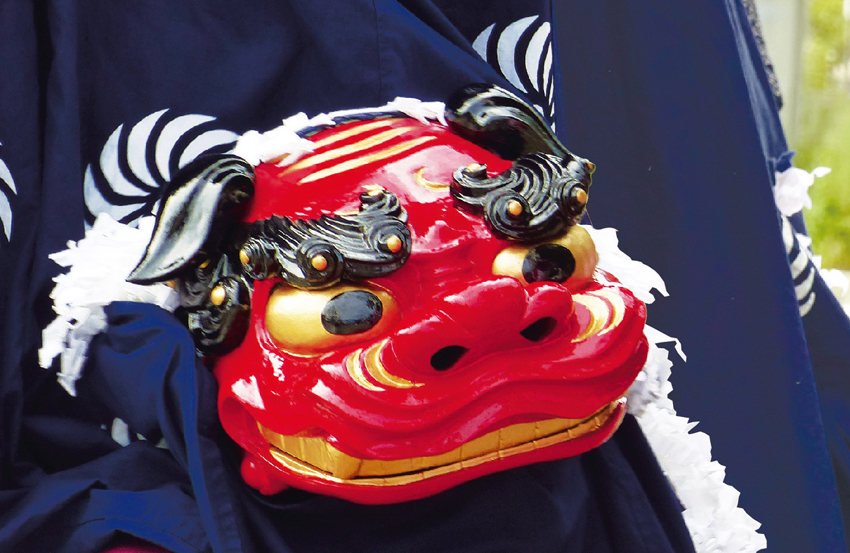吉里吉里大神楽
きりきりだいかぐら
Kirikiri Daikagura
団体名 : 吉里吉里大神楽保存会
所在地 : 岩手県大槌町 吉里吉里
種別 : シシ芸(三陸国際芸術祭過去出演団体)
三陸国際芸術祭出演 : 2019秋 大槌
当会は獅子神楽(太神楽)に属する神楽であり、大槌町吉里吉里一丁目地区(川原通り)で伝承されております。その起源は定かではありませんが、口伝によると、寛永2年(1624年)に、前川善兵衛富永(二代目善兵衛)の三男喜兵衛から寄贈された獅子頭を、嘉永3年(1850年)生まれの三浦駒吉「鍛冶屋」が地元に寄贈し普及に努めたとされています。獅子頭は寛政2年(1790年)のものが伝えられていましたが、東日本大震災により流失しております。
衣装・道具類を修理等し、2011年8月の天照御祖神社例大祭から活動を再開、毎年8月に行われる天照御祖神社例大祭の神輿渡御行列での奉納舞を始め、地区神社の祭典への参加や、結婚披露宴等慶事、各種イベント等で舞いを披露し、地域の復興支援への感謝と、吉里吉里大神楽の保存継承への決意を発信しております。
The tradition of the Kirikiri Dai-Kagura is said to trace back to the Miura family, a blacksmith in Kawara street, who was given shishigashira from their employer Zen’emon, the third son of Zenbe Maekawa II, in the early Edo period (1603-1868). The source of the dance remains vague, except that it must have been conveyed from the neighboring communities. Its shishigashira is in the Edo style, presumably because Kirikiri, the powerful merchant Zenbe Maekawa’s base, had a close relationship with Edo, the capital. The dance is a prayer for the casting out of evil spirits, world peace and good business, functioning as a symbolic accompaniment to the Amaterasu Mioya Shrine. It is also dedicated at the festival of the Eight Great Naga Kings Shrine.
